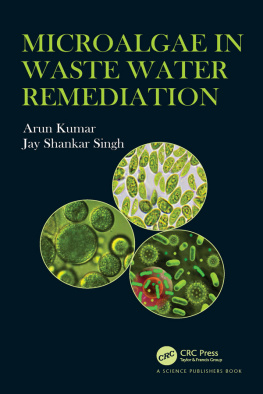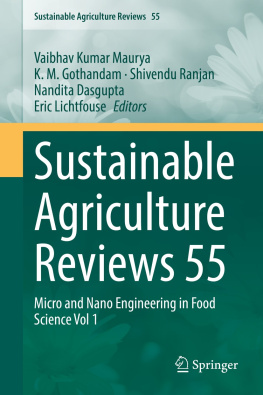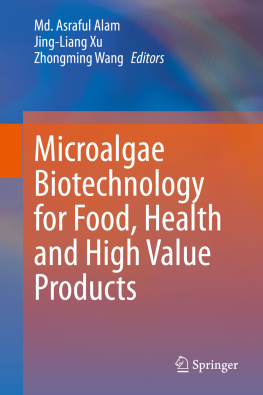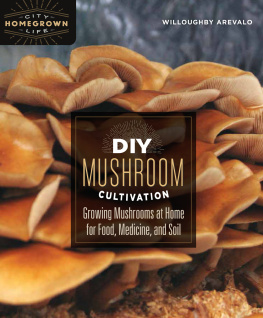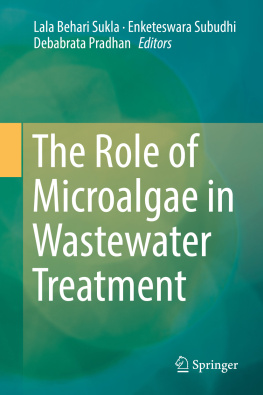Production of microalgal biomass usually takes place in open ponds or closed photobioreactors. Open systems (raceway and circular ponds) are cheaper and easier to construct and operate; thus they are chosen mainly for cultivation at industrial scales. However, they often depend on weather conditions, have poor culture parameters control (temperature, pH, dissolved O2 and CO2), and are prone to contamination with other microorganisms. As photobioreactors (tubular and flat-plate) achieve higher biomass productivity and to improve final product quality, hybrid systems could be a promising alternative. Therefore, a robust axenic inoculum would be obtained by first cultivating microalgae on a smaller scale followed by open ponds where stress conditions could be applied to increase a metabolite production, e.g., lipids. However, most studies that involve microalgae cultivation to attain different bioproducts are performed on a laboratory scale. Scaling up should then consider hydrodynamic limitations as well as its economic and environmental impacts.
Keywords
Microalgae; Cultivation; Biomass; Open system; Closed system; Photobioreactor; Bioproducts; Nutrient removal; Wastewater treatment
Statement
We declare that all figures and tables presented in this chapter were made by the authors and have not been published elsewhere.
1: Introduction
Microalgae have considerable potential as a feedstock for different bioproducts ().
The growth characteristics and metabolites accumulation strongly depend on the type of cultivation: phototrophic (using light and CO2), heterotrophic (without light and organic carbon), and mixotrophic (using light, CO2, and organic carbon). Phototrophic cultivation is the most common type used in large-scale microalgae production ().
One of the essential parameters in algae cultivation is the type of system used. Several companies in some countries have developed the commercial production of microalgae biomass and/or bioproducts, also coupled with CO2 fixation ().
Cultivation systems can be divided into two broad groups: open systems and closed systems (). The most commonly used open systems are ponds (cylindrical, rectangular, and elliptical-bottomed) or largely used raceway ponds. It is called open systems because the microalgae culture is in contact with atmospheric air. These systems are not sophisticated; the cultures are usually grown under natural conditions and have lower control on variables (e.g. temperature, light, and pH). Several challenges are confronting with the use of open ponds: water evaporation, climate variations, contamination, among others. These systems are generally used to obtain low added-value products. On the other hand, in closed systems, generally called photobioreactors (PBRs), the cultivation is developed to achieve higher yields. These systems can be achieved by the high luminosity surface and the control of growth and contamination variables within the system. In these systems, the atmospheric air has no direct contact with the microalgae culture. Several PBRs have been developed so far, among them, vertical cylindrical, vertical or horizontal flat panel, tubular panels, and vertical and horizontal serpentines. The material may be of glass, plastic, or polycarbonate.
Microalgae cultivation, in particular growing systems, were developed thinking in terms of volume production, so at first, it was quite rustic and simple. With the development of different products from microalgae biomass (high-value products), these systems have been advancing technologically, using engineering concepts in the construction of improved systems, always aiming to achieve high productivity and cost optimization (). Both of actually systems for microalgae cultivation, in particular growing systems, have advantages and disadvantages. Notably, open systems have minimal capital and operating costs and lower energy but require large areas and come with contamination problems. By contrast, the closed systems are more expensive; they do not require large areas, and the contamination problems decrease.
Nowadays, microalgae cultivation is well stabilized for food, feed, and pigments. However, in some areas, it is still not feasible. Microalgae biorefinery is a possibility for becoming microalgae cultivation a viable economic process, producing high-value products for all the cell fractions (.
This chapter deals with conventional and emerging cultivation techniques for microalgae cultivation.
1.1: The history of microalgae cultivation system
The large-scale systems of microalgae cultivation were established during the first decades of the 20th century ().
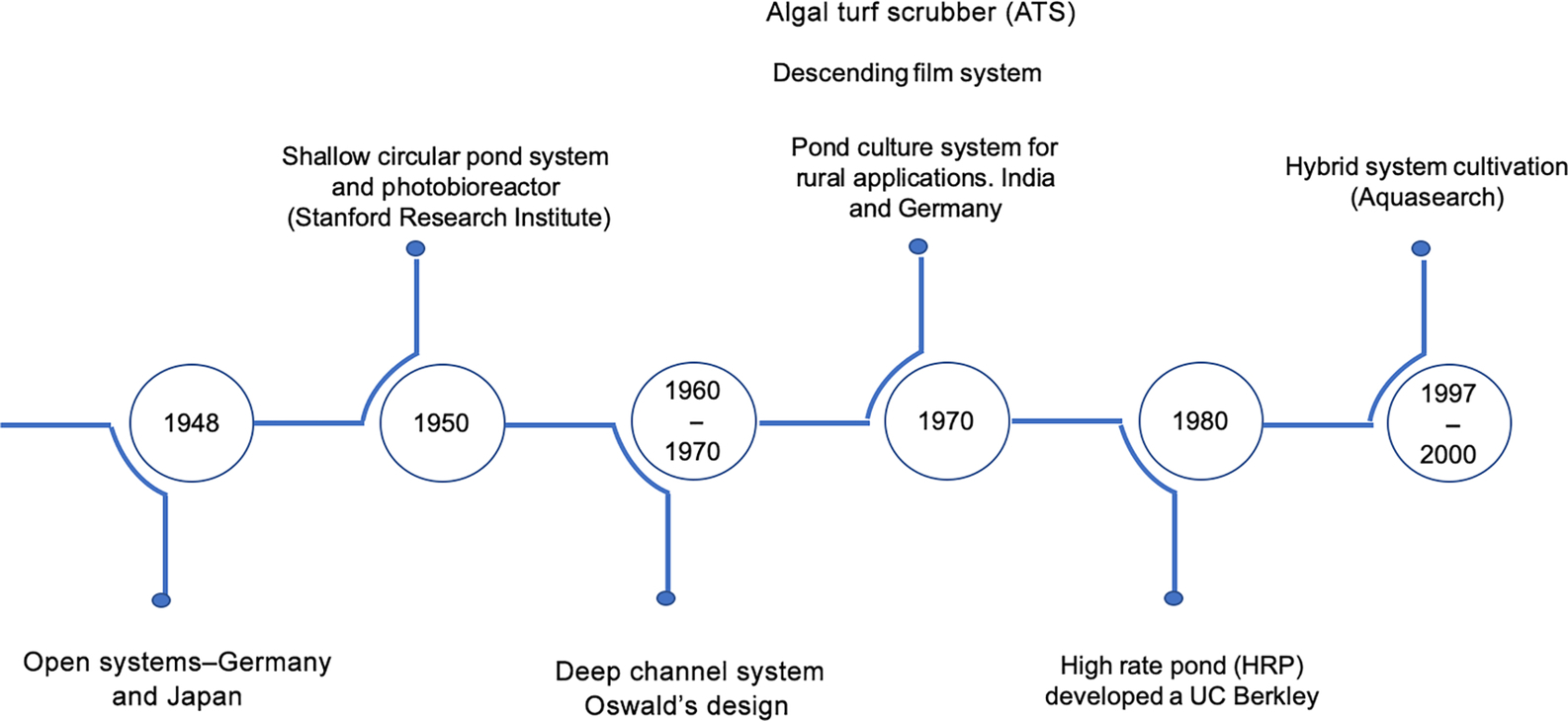
Fig. 1 Timeline for microalgae cultivation system.
Following the United States concentrated on microalgal-bacterial systems for wastewater treatment, even though during 195060, the application of microalgae for the conversion of CO2 to oxygen in spacecraft and submarines was also explored. The more significant international effort in algal biomass culture with strongly mixed systems started in Eastern Europe in the 1960s, headed by researchers at the Czechoslovak Academy of Sciences and based at least in part on earlier Soviet work ().
Between the 1960s and 1970s, a deep channel system patterned after with Oswald's design, ponds of up to 100 m2, was developed in California for the treatment (to remove nitrogenous) of runoff waters from agricultural tiling is in the San Joaquin Valley. Another model developed in the Czech Republic in the 1970s was a cascade of descending film.
The Commission of the European Communities began the algal biomass research for bioenergy in 1978. The project entitled Mariculture on Land (MCL), includes researchers in Germany, France, Italy, and Brazil. It proposed the utilization of arid coastal lands and seawater for the culture of micro and macroalgae for methane production. Later in 1979, the Solar Energy Research Institute (SERI), began a research program on the biomass production of aquatic plants for energy, which included the use of microalgae as a mechanism for the fixation of solar energy (by photosynthesis) as liquid biofuels ().
As already mentioned, the cultivation system will be selected among existing or new designs depending on the final product. This chapter provides a short review of the present systems and their applications. The cultivation system is a principal criterion after the selection of a microalgae species for optimal cultivation in order to be a cost-effective process.
2: Laboratory cultivation techniques
Generally, laboratory cultivations are used to study and optimize parameters, variables, and growth conditions. Lab cultivation is a mandatory step when the objective is a scale-up. Many of the research published in the literature are results of laboratory studies, through the propose of studying growth conditions for a specific microalga (). Microalgae cultivation offers benefits in terms of climate change, but still has many challenges that need to overcome. The first factor that needs to be considered is the strain selection; the best strain is that one grows highly and has the metabolic accumulation necessary for the objective and can survive in severe conditions. The next challenge is energy consumption, as many steps in the microalgae cultivation process need power to work, including upstream and downstream. Closed PBRs need energy for mixing the culture, water pumping, gas bubbling (CO2), harvesting/dewatering the culture, among others, that depend on the final product. Another challenge that needs to overcome is the availability of the nutrients and water, large amounts of water and nutrients are used for cultivation, but nowadays microalgae cultivation are overcoming these obstacles by using wastewater from industries, which have abundant nutrients and water often undervalued. The final challenge is the distribution of CO2; the systems for the CO2 distribution are problematic, as they demand high energy and require long pipelines to transport the gas.





